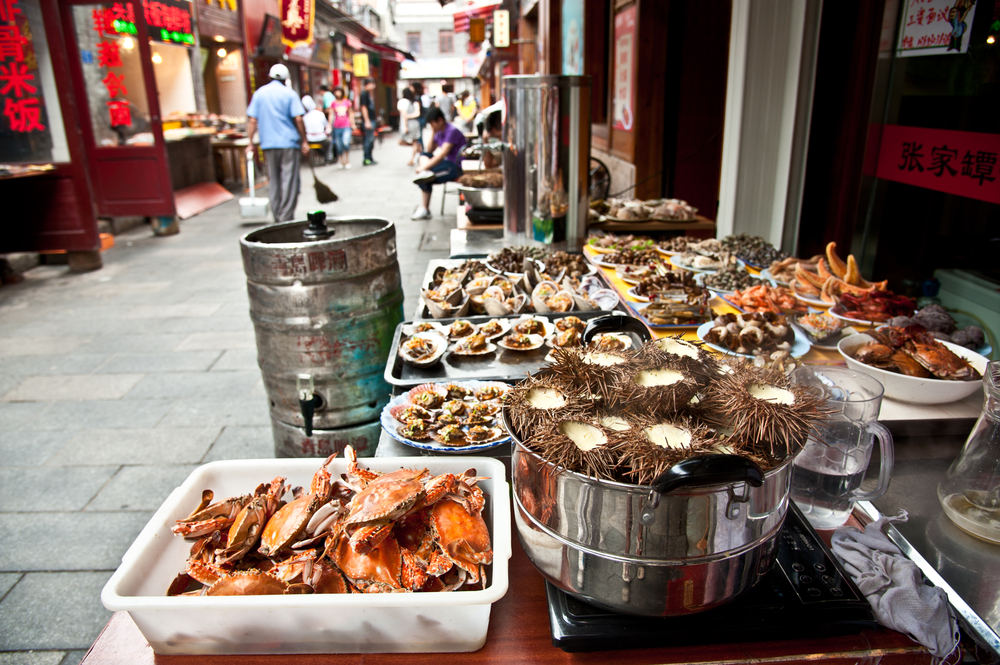China’s Challenge to Feed its Growing Food Demands

Please note that we are not authorised to provide any investment advice. The content on this page is for information purposes only.
Chen Xiwen, deputy director of the Central Leading Group on Rural Affairs, has long admitted that many countries produce soybeans more efficiently than China. So how can agricultural policy makers reform China’s soy industry?
Soy is a core oilseed product of the Northeastern China plain and the Inner Mongolian steppe. Soybean production in China results in three staple goods: soybeans processed for human consumption in various forms; crushed soybeans, which are used to make soy oil for human cooking use; and soy meal, which is used as edible animal fodder.
Chen Xiwen, deputy director of the Central Leading Group on Rural Affairs, has long admitted that many countries produce soybeans more efficiently than China. So how can agricultural policy makers reform China’s soy industry?
Soy is a core oilseed product of the Northeastern China plain and the Inner Mongolian steppe. Soybean production in China results in three staple goods: soybeans processed for human consumption in various forms; crushed soybeans, which are used to make soy oil for human cooking use; and soy meal, which is used as edible animal fodder.
As a core staple for both direct human consumption and meat production, soybeans have long been a sensitive commodity in China’s agricultural circles. But China is heavily dependent on international trade to service its soy needs. China already imports the bulk of internationally traded soybeans — around 65 million tonnes in 2013. In the same year, domestic production was estimated to be only 12 million tonnes.
In 2008, a state stockpiling program for soy, sugar, maize and rapeseed was implemented, following a rise in international prices and a domestic inflation problem. This program is currently being phased out. Under the state stockpiling system, the State Grain Administration guaranteed set prices to farmers above market prices in an attempt to ensure domestic production levels were maintained and to stabilise consumer prices. But the attempt to set domestic market prices resulted in unintended market, institutional and production distortions.
The state procurement mechanism has delivered suboptimal outcomes for two principal reasons. The first is corruption in the state oilseed reserve, resulting from the allure of arbitrage on the price differential between the guaranteed domestic price and the fluctuating international price.
The second is production distortions as farmers overproduced more heavily subsidised crops such as maize. As the domestic price set for maize was higher than soy, many famers found it prudent to switch production to corn, creating a shortfall in domestic soy production and, consequently, an increased dependence on imported soy.
Under the state procurement mechanism, government institutions purchased soy through the key players in the soy industry, the crushers. As production of soy dropped, third-party crushers simply increased imports. And with lax enforcement of tariff-rate quotas, they were able to effectively circumvent the system.
Market reactions to the state procurement system have resulted in increased consumption of imports and not, as was intended, increased domestic production. There is now both an economic and a political imperative to reform the state procurement system.
China has two options in addressing its oilseed supply problem. The first is to promote existing institutional norms on domestic commodities exchanges and accept fluctuations of non-essential agricultural product prices in line with international prices. The second is to continue outward foreign direct investment policies in agriculture. This entails creating whole system value chains, where food-producing state-owned enterprises (SOEs) invest in agricultural production that is destined for domestic consumption.
It is likely that China will bet both ways on the future of its agricultural commodity consumption, by developing domestic commodity exchange institutions as well as directly securing international supply chains.
The development of domestic price setting mechanisms through the consolidation and institutional development of modern agricultural commodity markets should send positive messages to advocates of market liberal reform.
But a genuine integration into global commodities trading markets is likely to progress slowly. And China will continue to also directly secure offshore commodity production chains.
The expansion of China National Cereals, Oils and Foodstuffs Corporation into global markets with its 2014 acquisition of controlling stakes in Noble Agri and Nidera, is indicative of the continued role of SOEs in state development strategies. China’s state grain security is being moved offshore, as China bypasses international commodity markets in the quest for stable supply. This global strategy should be neither feared nor ignored.
Soy reform is not simply a case of market reform for its own sake. It is tied to the historically sensitive nature of soybean production, the failure of the state reserve system, and a growing shift in China’s agricultural policy towards seeking to secure whole value chains of agricultural production by investing abroad rather than protecting at home.
One lesson from China’s oilseed procurement system is that domestic protectionist policies cannot react as quickly to global agricultural changes as price mechanisms can.
China cannot possibly service the growing food demands of its citizens with the limited arable land at its disposal. China’s state procurement mechanism was distorting trade and price in the name of domestic protectionism. While there is an undoubted state strategy in securing offshore agribusiness chains, the expansion of Chinese agricultural investments in the open economies should be a welcome challenge to a global agribusiness industry fuelled increasingly by China’s demand.
Why China is abandoning state soy reserves? is republished with permission from East Asia Forum




